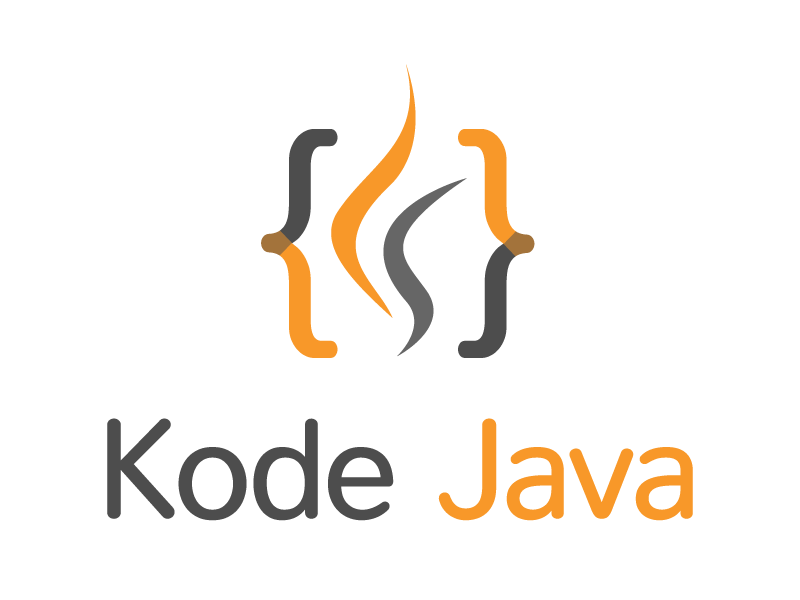Using Spring Data’s @Query annotation with native SQL queries can have several impacts on Hibernate or JPA persistence context:
Bypassing JPQL Translation: When you use a native SQL query with @Query, you bypass JPQL (Java Persistence Query Language) translation. This means that the query is written in the native SQL dialect of the underlying database, rather than in JPQL, which is database agnostic. While this can provide more flexibility in complex queries or when leveraging database-specific features, it also ties your application more tightly to the underlying database, potentially reducing portability.
Direct Interaction with Database: Native queries bypass the entity manager’s persistence context, as they don’t involve managed entities directly. This means that Hibernate or JPA typically not manage the entities returned by a native query. As a result, changes to these entities won’t be automatically synchronized with the database unless you manually manage them using entity manager operations.
Performance Considerations: Native queries might offer performance benefits in certain cases, especially when dealing with complex queries or when JPQL is not sufficient to express the logic efficiently. However, they also come with potential drawbacks such as decreased portability and increased maintenance complexity.
Mapping to Entities: While native queries return results in the form of arrays or lists of objects, you can still map these results to entities manually if needed. However, this requires additional code for mapping the columns returned by the native query to the fields of your entity classes.
Security Risks: Using native queries opens up potential security risks such as SQL injection if the queries involve user input. You need to be careful to properly sanitize and validate any user-provided parameters before incorporating them into native queries to prevent such vulnerabilities.
Testing and Maintenance: Native queries can make your code harder to test and maintain, especially when compared to JPQL queries. Since JPQL queries are language agnostic and are validated by JPA providers during application startup, they offer better compile-time safety and easier refactoring.
In summary, while native queries can be powerful and useful in certain scenarios, they should be used judiciously, considering the trade-offs in terms of performance, portability, security, and maintenance complexity. It’s often preferable to use JPQL queries where possible and resort to native queries only when necessary for performance optimization or when dealing with database-specific features.



